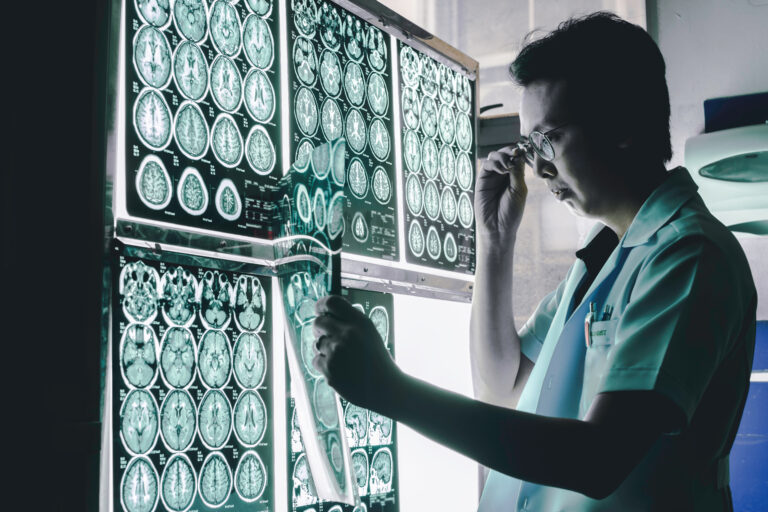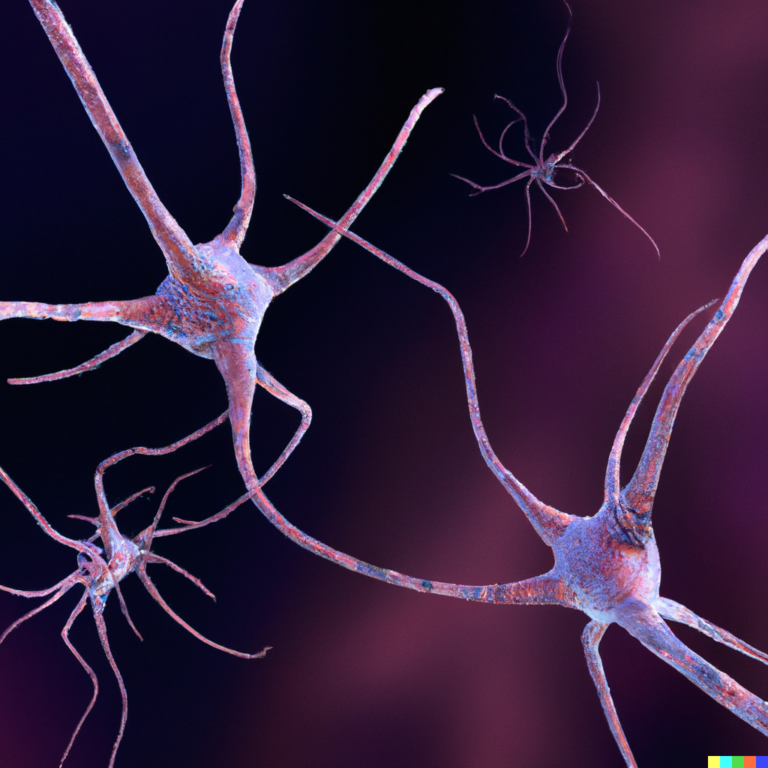Alzheimer’s disease is a progressive neurological disorder that affects millions of people worldwide. It is the most common form of dementia and is characterized by memory loss, cognitive decline, and changes in behavior. While researchers have been studying this disease for decades, there is still much to learn about its progression.
One of the most effective ways to understand the progression of Alzheimer’s disease is through brain imaging. This technique allows scientists to visualize and study the changes that occur in the brain over time. In this article, we will explore what brain imaging can tell us about Alzheimer’s progression.
What is Brain Imaging?
Brain imaging is a non-invasive technique that uses various imaging technologies to produce images of the brain. These images provide valuable insights into the structure, function, and metabolism of the brain. There are several types of brain imaging techniques used in Alzheimer’s research, including magnetic resonance imaging (MRI), positron emission tomography (PET), and single-photon emission computed tomography (SPECT).
How Does Brain Imaging Help Us Understand Alzheimer’s Progression?
Brain imaging has revolutionized our understanding of Alzheimer’s disease. It has allowed scientists to observe and track the changes that occur in the brain during the course of the disease. By comparing images of healthy brains with those of Alzheimer’s patients, researchers have been able to identify key differences and gain a deeper understanding of the disease.
Detection of Early Changes in the Brain
With advances in brain imaging technology, it is now possible to detect changes in the brain even before symptoms of Alzheimer’s appear. This is crucial because early detection can lead to early intervention, which may slow down the progression of the disease.
One study using MRI showed that people who later developed Alzheimer’s disease had less brain volume compared to healthy individuals, even before they showed any symptoms. Another study using PET scans found that people with mild cognitive impairment (MCI), a precursor to Alzheimer’s, had increased levels of a protein called amyloid in their brains. These findings suggest that brain imaging can help identify individuals who are at a higher risk of developing Alzheimer’s in the future and allow for early interventions to potentially delay the onset of the disease.
Tracking Changes in Brain Structure and Function
Brain imaging also allows researchers to track changes in brain structure and function over time. This helps to understand how the disease progresses and how it affects different areas of the brain. For example, MRI studies have revealed that the hippocampus, a key region involved in memory formation, shrinks as Alzheimer’s progresses. This is consistent with the memory loss symptoms experienced by Alzheimer’s patients.
PET studies have also shown a decrease in glucose metabolism, which is an indicator of brain activity, in certain regions of the brain affected by Alzheimer’s. This decrease in brain activity is thought to be due to the buildup of amyloid plaques and neurofibrillary tangles, which are hallmarks of the disease.
Evaluating Treatment Efficacy
Brain imaging is also valuable in evaluating the efficacy of potential treatments for Alzheimer’s disease. By comparing brain images before and after treatment, researchers can determine if a treatment is effectively slowing or halting the progression of the disease.
For example, a study using PET scans found that an experimental drug reduced amyloid plaques in the brains of Alzheimer’s patients. This suggests that the treatment may be effective in slowing the progression of the disease. Without brain imaging, it would be challenging to determine if a treatment is working at the cellular level.
Limitations and Future Directions
While brain imaging has provided valuable insights into Alzheimer’s progression, there are some limitations to consider. First, it is an expensive technique and may not be accessible to everyone. Additionally, brain imaging can only provide information about physical changes in the brain and cannot capture other factors such as lifestyle and genetics that may contribute to Alzheimer’s progression.
In the future, researchers are looking to combine brain imaging with other techniques, such as biomarker analysis, to gain a more comprehensive understanding of Alzheimer’s disease. This will allow for a more accurate diagnosis and personalized treatment plans based on an individual’s unique brain changes.
In conclusion, brain imaging has played a crucial role in advancing our understanding of Alzheimer’s progression. By providing detailed images of the brain, it has allowed researchers to identify early changes, track disease progression, and evaluate potential treatments. As technology continues to improve, brain imaging will undoubtedly continue to provide valuable insights into this complex and devastating disease.





